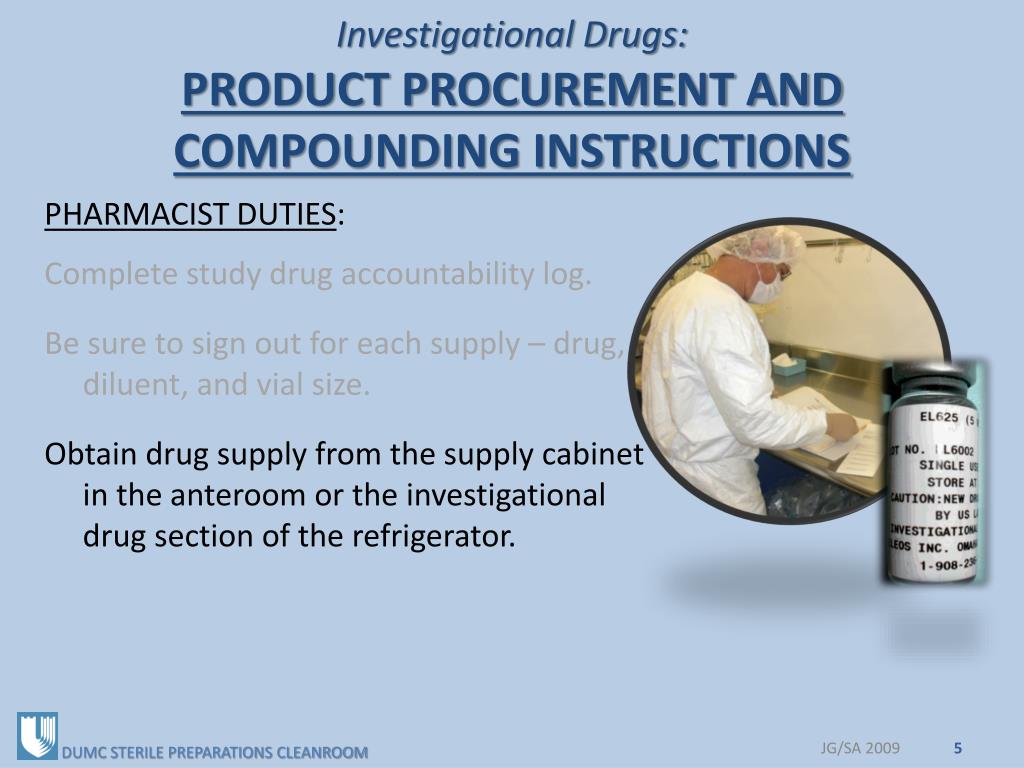Critical Aspects Of Investigational Drug Packaging: Protecting Patient Safety

Critical Aspects Of Investigational Drug Packaging: Protecting Patient Safety. Discover more detailed and exciting information on our website. Click the link below to start your adventure: Visit Best Website. Don't miss out!
Table of Contents
Critical Aspects of Investigational Drug Packaging: Protecting Patient Safety
The pharmaceutical industry faces immense pressure to deliver safe and effective treatments. For investigational drugs, still in the clinical trial phase, this pressure is amplified. Packaging plays a crucial, often overlooked, role in ensuring patient safety and maintaining the integrity of these vital medications. From preventing contamination to ensuring proper identification, the right packaging is paramount. This article delves into the critical aspects of investigational drug packaging, highlighting best practices and regulatory considerations.
Maintaining Drug Integrity: Stability and Protection
Investigational drugs, by their very nature, are often highly sensitive. Their chemical composition might be unstable, requiring specific storage conditions to prevent degradation. Packaging must be meticulously designed to maintain drug integrity throughout the clinical trial process.
- Barrier Properties: Packaging materials must offer robust protection against moisture, oxygen, light, and other environmental factors that can compromise drug stability and potency. This often necessitates specialized materials like aluminum foil pouches, amber glass vials, or desiccant-containing containers.
- Temperature Control: For temperature-sensitive drugs, maintaining the cold chain is critical. This necessitates insulated packaging with temperature indicators and potentially refrigerator shippers for transportation. Failure to maintain the correct temperature can render the drug ineffective or even unsafe.
- Child-Resistant Packaging: While not always strictly required for investigational drugs, depending on the drug's characteristics and trial design, child-resistant features might be incorporated to prevent accidental ingestion.
Ensuring Patient Safety: Clear Labeling and Identification
Accurate labeling is fundamental to patient safety. Any ambiguity can lead to medication errors with potentially severe consequences.
- Unique Identification: Each investigational drug package must be uniquely identified with a clear indication of the drug's name, strength, lot number, and expiry date. This allows for accurate tracking and tracing throughout the trial. Barcodes and 2D matrix codes are often incorporated for efficient data management.
- Clear and Concise Labeling: Labels must be easy to read and understand, with clear instructions for storage, administration, and disposal. Consideration should be given to multilingual labeling if the trial involves participants from diverse linguistic backgrounds.
- Tamper Evident Features: Tamper-evident seals provide an additional layer of security, assuring patients and investigators that the drug hasn't been compromised. This builds trust and helps prevent fraud or accidental contamination.
Regulatory Compliance: Meeting International Standards
Investigational drug packaging must adhere to stringent regulatory guidelines, varying across different jurisdictions. Compliance is non-negotiable.
- Good Manufacturing Practices (GMP): Packaging materials and processes must meet GMP standards to ensure consistency, quality, and safety.
- International Conference on Harmonisation (ICH) Guidelines: These guidelines provide a framework for the quality, safety, and efficacy of pharmaceuticals, and packaging is integral to this.
- Local Regulatory Requirements: Companies must be aware of and compliant with specific regulations in each country or region where the clinical trial is conducted. This might include specific labeling requirements or packaging material restrictions.
The Future of Investigational Drug Packaging: Technological Advancements
The field of investigational drug packaging is constantly evolving. New technologies are continually being developed to improve drug stability, enhance patient safety, and streamline the clinical trial process.
- Smart Packaging: This technology incorporates sensors and data loggers to monitor temperature, humidity, and other critical parameters throughout the drug's journey. This provides real-time data on drug stability and helps prevent spoilage.
- RFID Tracking: Radio-frequency identification (RFID) tags allow for precise tracking of individual drug packages, providing a comprehensive audit trail and enhancing supply chain security.
Failing to prioritize robust investigational drug packaging can have devastating consequences. By adhering to best practices, maintaining regulatory compliance, and embracing technological advancements, the pharmaceutical industry can ensure patient safety and the integrity of clinical trials. Investing in high-quality packaging is not just a cost; it's an investment in patient well-being. Learn more about optimizing your investigational drug packaging strategy by contacting industry experts today.

Thank you for visiting our website wich cover about Critical Aspects Of Investigational Drug Packaging: Protecting Patient Safety. We hope the information provided has been useful to you. Feel free to contact us if you have any questions or need further assistance. See you next time and dont miss to bookmark.
Featured Posts
-
 Survival Evasion Strategies Outsmarting Pursuit In Hostile Environments
Feb 05, 2025
Survival Evasion Strategies Outsmarting Pursuit In Hostile Environments
Feb 05, 2025 -
 Gregg Allmans Marital History Spouses And Their Stories
Feb 05, 2025
Gregg Allmans Marital History Spouses And Their Stories
Feb 05, 2025 -
 Beloved Man About The House Actor Brian Murphy Dead At 92
Feb 05, 2025
Beloved Man About The House Actor Brian Murphy Dead At 92
Feb 05, 2025 -
 Is Boston On Daylight Saving Time Your Guide To Time Changes
Feb 05, 2025
Is Boston On Daylight Saving Time Your Guide To Time Changes
Feb 05, 2025 -
 Kinnser Implementation Best Practices And Common Challenges
Feb 05, 2025
Kinnser Implementation Best Practices And Common Challenges
Feb 05, 2025
